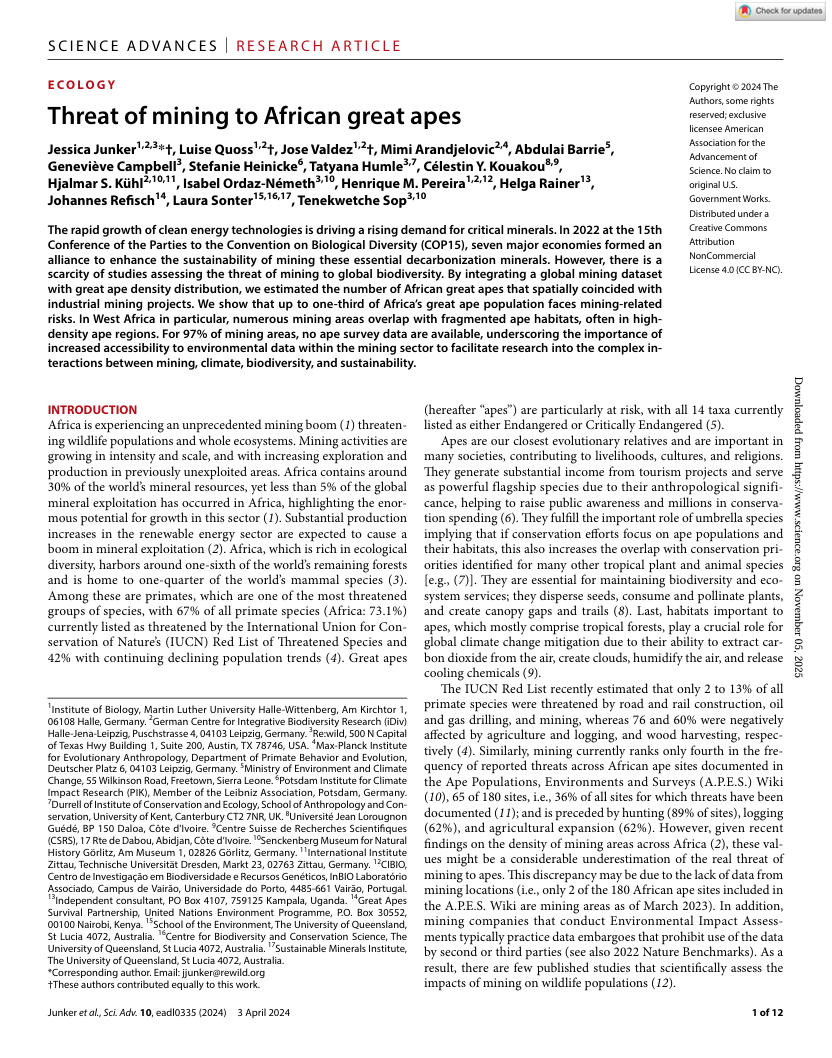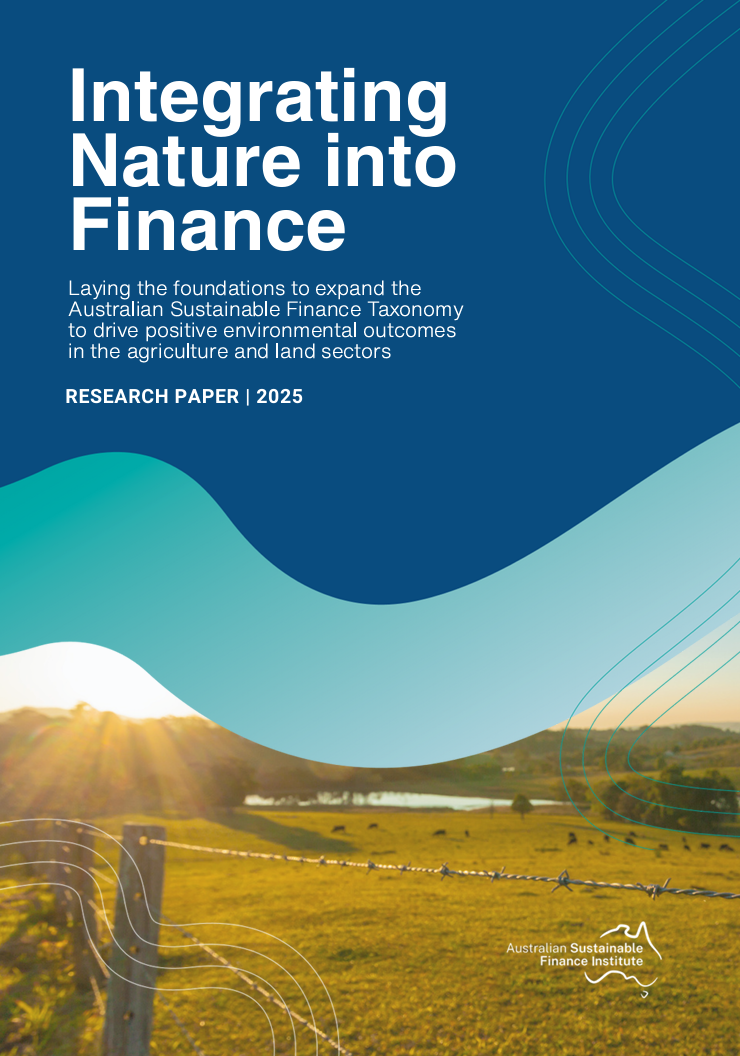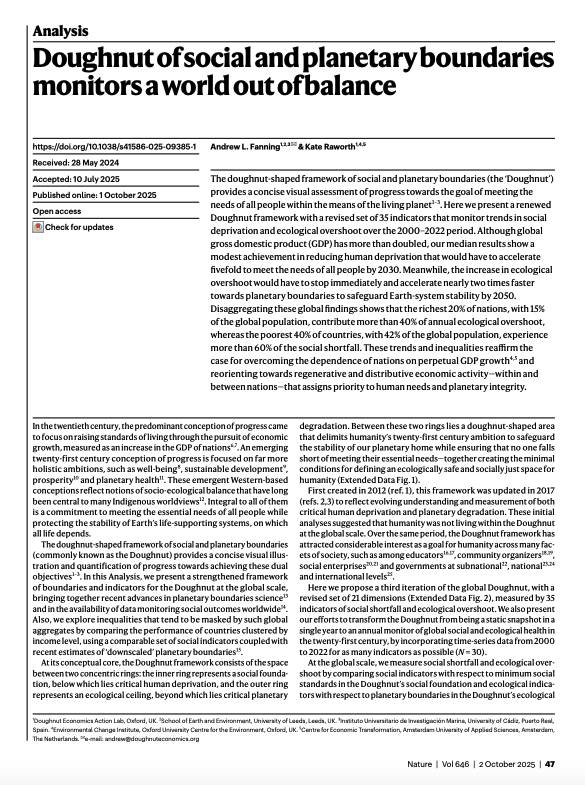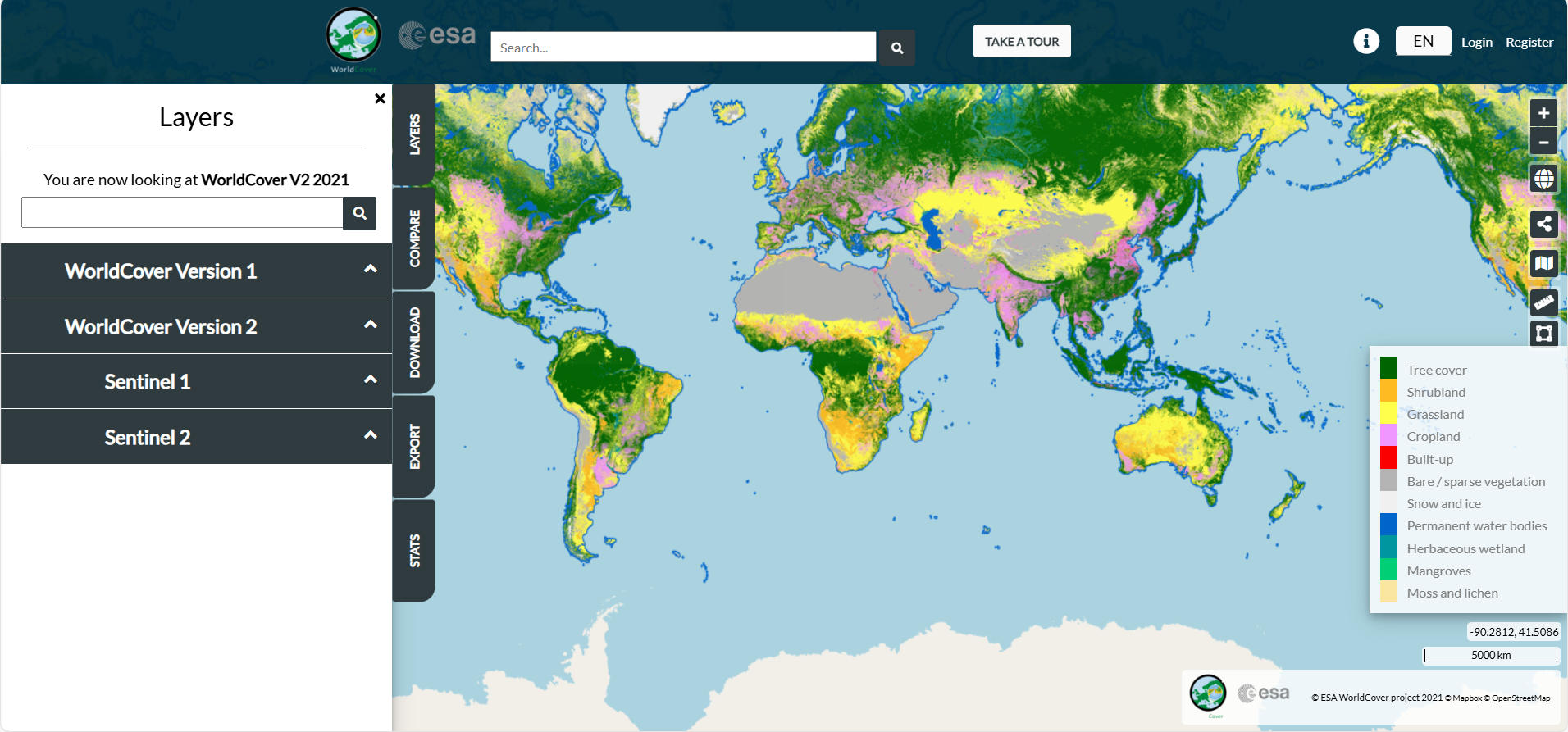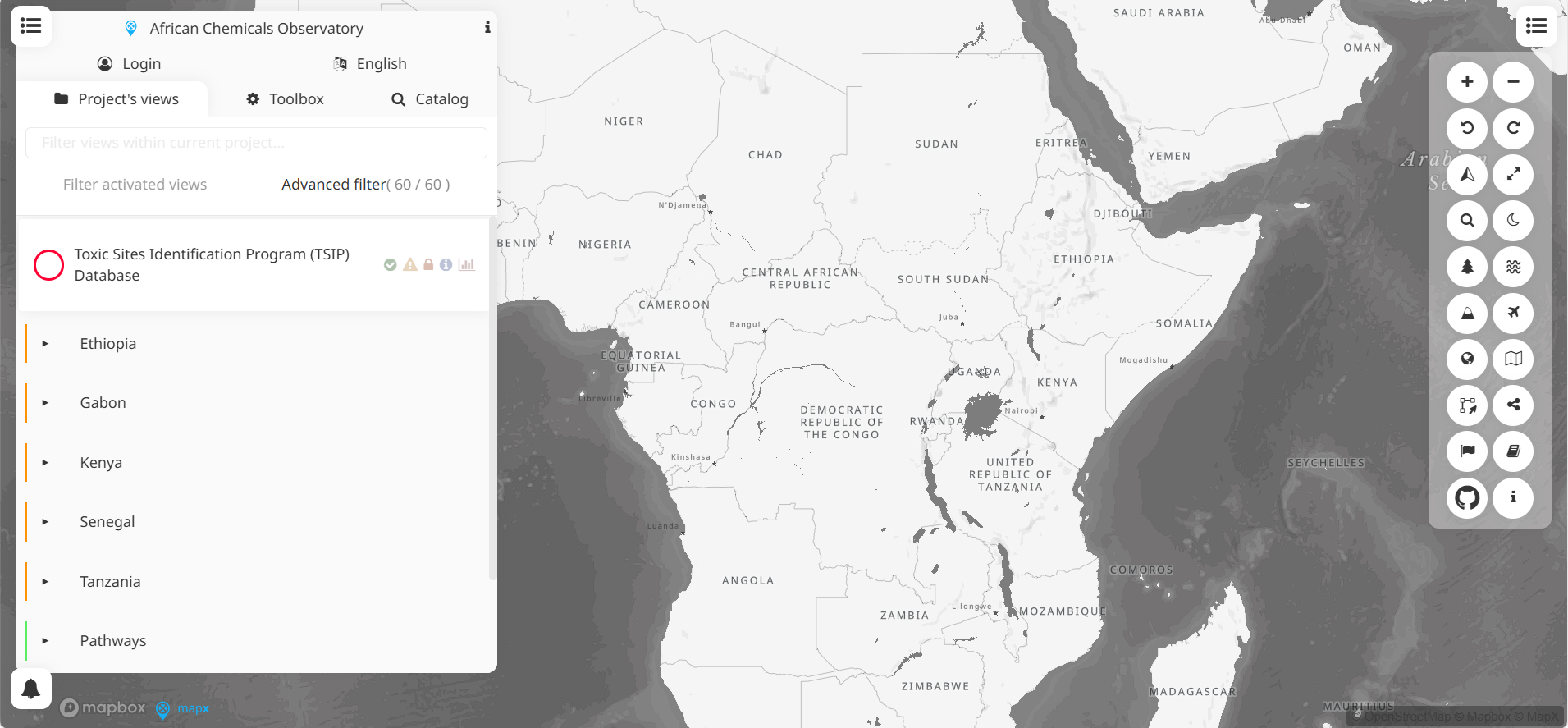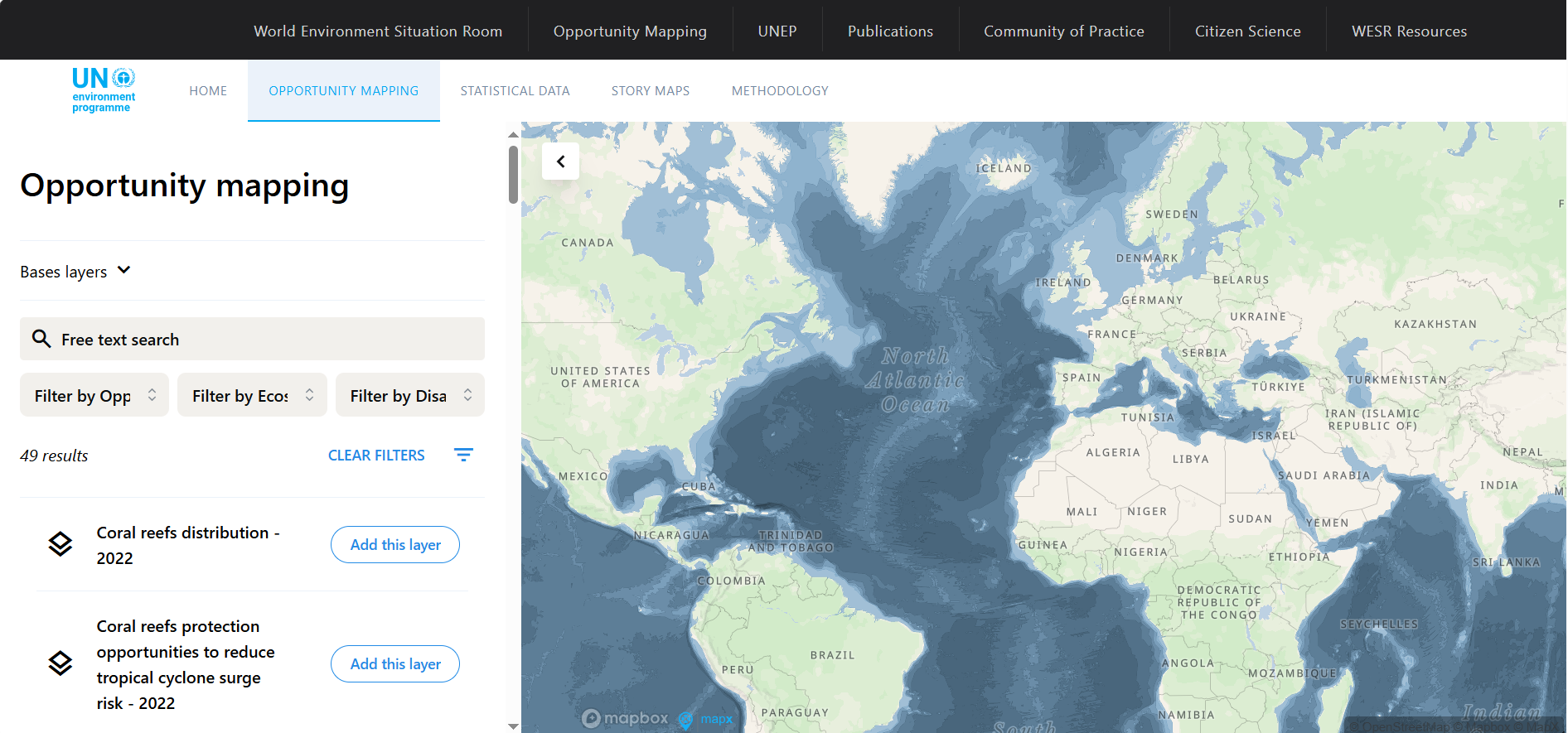Library | ESG issues
Deforestation
Deforestation involves the removal of natural forests, often for agriculture or urban development, leading to carbon emissions, biodiversity loss, and habitat destruction. Sustainable forestry practices, such as replanting and conservation, are crucial for mitigating its environmental and social impacts. Key drivers include agriculture, timber production, mining, urban expansion, energy development, and textile manufacturing, all of which contribute to forest loss through land clearing and resource extraction.
Refine
162 results
REFINE
SHOW: 16


The Other Half of the Transition: Why Livestock Deserves as Much Attention as Energy
This article highlights the major climate impact of livestock and explains why the absence of clear roadmaps, metrics, and financing strategies has left the sector far behind the energy transition. It proposes policy reforms, mitigation hierarchies, and justice-centered pathways to unlock effective and equitable change.
Threat of mining to African great apes
The study assesses the impact of industrial mining on African great apes, revealing that up to one-third of the population about 180,000 individuals faces direct or indirect mining-related threats. West Africa is most affected, with limited habitat protection and minimal survey data, underscoring urgent needs for transparent environmental monitoring.
Bezos Earth Fund
Bezos Earth Fund (BEF) is a philanthropic initiative committed to mobilising US $10 billion by 2030 to tackle climate change and protect nature. It supports grant-making across areas such as conservation, decarbonisation, sustainable food systems and environmental justice, collaborating globally to drive systemic change and scale innovation.
London School of Economics and Political Science (LSE)
London School of Economics and Political Science (LSE) is a global research university specialising in economics, politics, law, social policy and data science. Based in London, LSE offers undergraduate, graduate and executive degrees, and leads in social science research, public policy impact and global academic partnerships.
Government Pension Investment Fund (GPIF)
Government Pension Investment Fund (GPIF) is an independent administrative institution in Japan. It manages and invests pension reserve funds under Japan’s Employees’ Pension Insurance and National Pension Acts. GPIF seeks long-term, diversified returns while emphasising ESG investment and stewardship in public pension finance.
Integrating Nature into Finance: Laying the foundations to expand the Australian Sustainable Finance Taxonomy to drive positive environmental outcomes in the agriculture and land sectors
This report summarises how Australia’s Sustainable Finance Taxonomy could be expanded to agriculture, forestry and land management, proposing draft criteria for biodiversity protection, sustainable water use, and pollution control. It aligns with global biodiversity goals to guide investment and lending that support nature-positive outcome.
Doughnut of social and planetary boundaries monitors a world out of balance
This report presents an updated “Doughnut” framework, tracking 35 social and ecological indicators from 2000–2022. Findings show only modest progress on reducing deprivation, while ecological overshoot has worsened, with wealthier nations driving most impacts. The study highlights stark inequalities and calls for regenerative, distributive economic approaches.
One Planet Network
One Planet Network is a global multi-stakeholder partnership advancing sustainable consumption and production (SCP). It implements the 10-Year Framework of Programmes (10YFP) through six thematic programmes. The network acts as a knowledge hub and convenes governments, businesses, civil society and experts on SCP and SDG 12.
Convention on International Trade in Endangered Species of Wild Fauna and Flora
Convention on International Trade in Endangered Species of Wild Fauna and Flora (CITES) is a global treaty regulating international trade in wildlife to ensure species survival in the wild. It enforces permit systems, categorises species under appendices, and supports cooperation among 185 Parties in biodiversity conservation.
ESA WorldCover
The ESA WorldCover viewer offers an interactive web-map of global land cover at 10 m resolution, enabling overlay of Sentinel-1/2 composites, statistics by region, and download of data tiles, all without software installation.
The European Space Agency (ESA)
European Space Agency (ESA) is Europe’s intergovernmental organisation dedicated to space exploration, Earth observation, satellite navigation, and technological innovation. ESA collaborates with international partners, coordinates high-profile missions, and supports science, space safety and industry growth across member states.
WorldCover
WorldCover offers free, high-resolution global land cover maps at 10 m resolution for 2020 and 2021, via Sentinel-1 and Sentinel-2 data, under Creative Commons license. It supports environmental monitoring, climate research, land-use planning and biodiversity analysis.
African chemical observatory
MapX is an open-source, cloud-based geospatial platform for visualising, analysing and managing environmental data. Developed by UNEP/GRID-Geneva, it supports decision-making in biodiversity, climate, land use and disaster risk, through map views, dashboards and storytelling tools.
Opportunity mapping
The Opportunity Mapping tool by UNEP/GRID overlays global data on ecosystem distribution and human exposure to hazards, pinpointing areas where ecosystem protection or restoration may reduce disaster risk and protect the greatest number of people.
Tobacco tactics
Tobacco Tactics is a knowledge-exchange platform from the University of Bath’s Tobacco Control Research Group. It compiles rigorous academic research and monitoring on the global tobacco industry—its products, influences, themes and companies—in an accessible format.
DBS Bank
DBS Bank India is a digital-led universal bank offering personal, SME, corporate and wealth management services. Features include resident and non-resident (NRI) savings and fixed deposit accounts, remittance, loans, digital payments and credit/debit card solutions. Positions as Asia’s safest bank with a wide India branch network.

